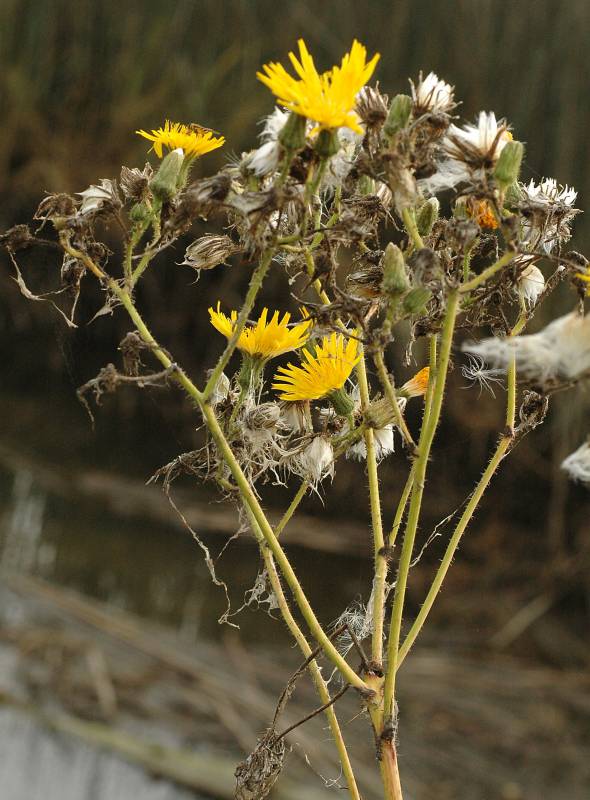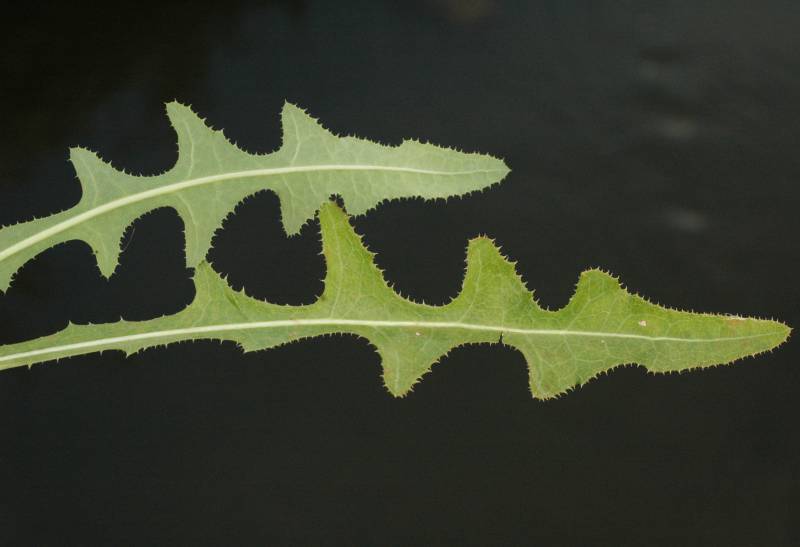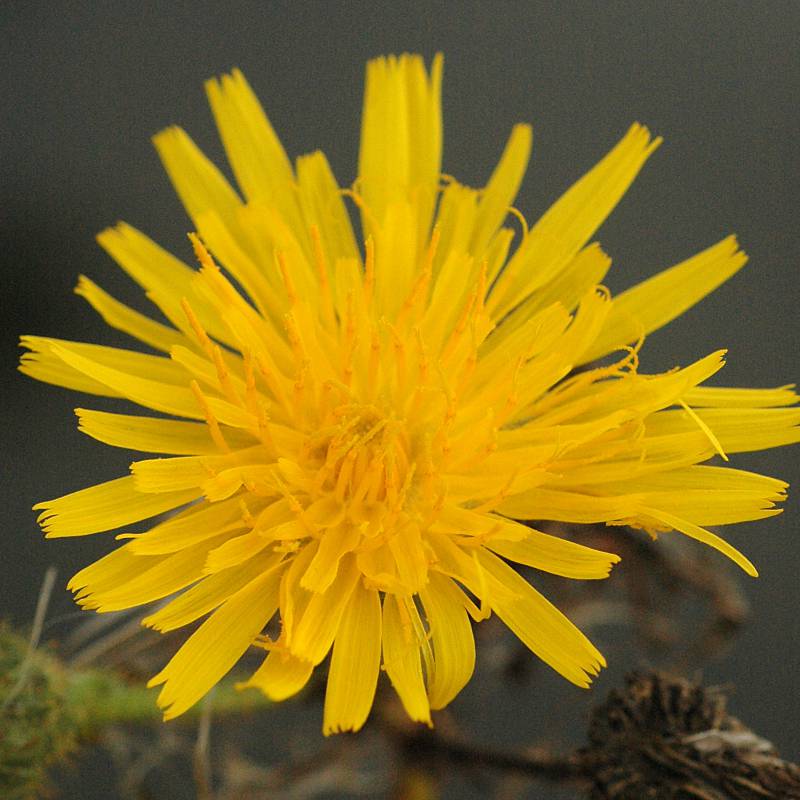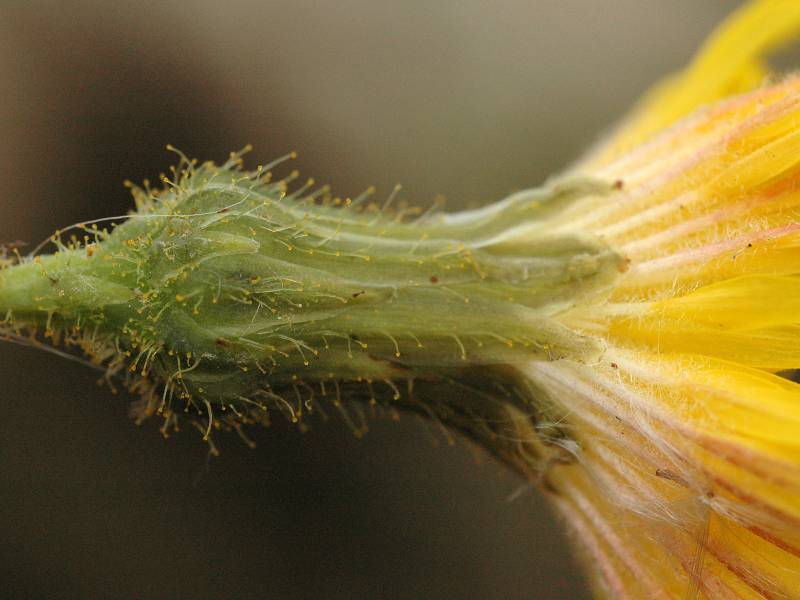Perennial sowthistle identification and control
Information about the noxious weed, perennial sowthistle. Perennial sowthistle is also known by its Latin name, Sonchus arvensis spp. arvensis.
About this weed
Perennial sowthistle is a non-regulated Class C noxious weed. Property owners are not required to control this species on their property, though it is encouraged.
Perennial sowthistle is known as Sonchus arvensis spp. arvensis and it is in the aster (daisy) family.

Why it’s a problem
Perennial sowthistle is a problem weed due its impact on agriculture including reduced crop yields, increased cultivation and herbicide expenses, and land depreciation.
Plant description
Perennial sowthistle is an herbaceous perennial (plants that have a life cycle of 2 or more years) that grows 1.5-6 feet tall and is native to Europe and western Asia.
Perennial sowthistle grows best with sunny moist conditions. It is often found in farms, meadows, forests, disturbed areas, along the shoreline and in a variety of other settings.
It is typically a rosette (a circular cluster of leaves at ground level) the first year. The rosette leaves can grow up to 12 inches long and 2 inches wide. They may be lobed, toothed, or neither.
The plant will grow upright stems in the spring in its second year. These stems are hollow with a milky liquid inside. The alternate leaves( not directly across from each other on the stem) have spiny edges. They are crowded at the base and sparser towards the top.
Perennial sowthistle has bright yellow, 1.5-inch-wide flower heads. They are clustered at the end of branch tips.
Along the base of the flower and on the upper stems are many small hairs with glands at the tips.
This weed reproduces via seeds and rhizomes (root systems that spreads outwards and can grow new stems).




Be aware of look-alike plants
Perennial sowthistle may be confused with:
Prickly sowthistle (Sonchus asper)
Common sowthistle (Sonchus oleraceus)
Common dandelion (Taraxacum officinale)
When in doubt, take photos and report them on iNaturalist.
What to do if you find it
Property owners in King County are not required to control it. King County is not generally tracking infestations. We can provide advice on how to control perennial sowthistle but there is generally no legal requirement to do so. The King County Noxious Weed Control Board encourages property owners to remove perennial sowthistle where possible, and to avoid introducing it to new landscapes.
Consult your local master gardener group or try the Garden Hotline for tips and tricks on managing garden weeds.
Control methods
We recommend using a combination of methods to control weeds. In areas with few weeds, it is important to act quickly before they become harder to control. Make a long-term plan as it often takes several years to get rid of most weeds. Start in the least infested areas first and then move into more heavily infested areas.
Manual control
Small patches can be dug up. Take care to get all of the roots.
Mechanical control
In some instances, tillage can reduce perennial sowthistle.
Cultural control
Pasturing can be an effective control method since perennial sowthistle will be grazed by sheep and cattle. Sheet mulching can also be effective if combined with tilling or digging before the mulch is applied.
Chemical control
Stay safe when using herbicide:
- Always read the label before use.
- Wear a long-sleeved shirt, long pants, shoes, and eye protection.
- Follow state and local regulations.
Herbicides in combination with other methods can be effective. Perennial sowthistle is relatively resistant to many common broadleaf herbicides.
See the PNW Pest Management Handbook for the most up to date and specific method for chemical control of perennial sowthistle.
Disposal instructions
Perennial sowthistle can spread by both seeds and roots. Dispose of these plant parts in the garbage. It is ok to compost stems and leaves.
Noxious Weed Disposal - Washington State Noxious Weed Control Board

 Translate
Translate